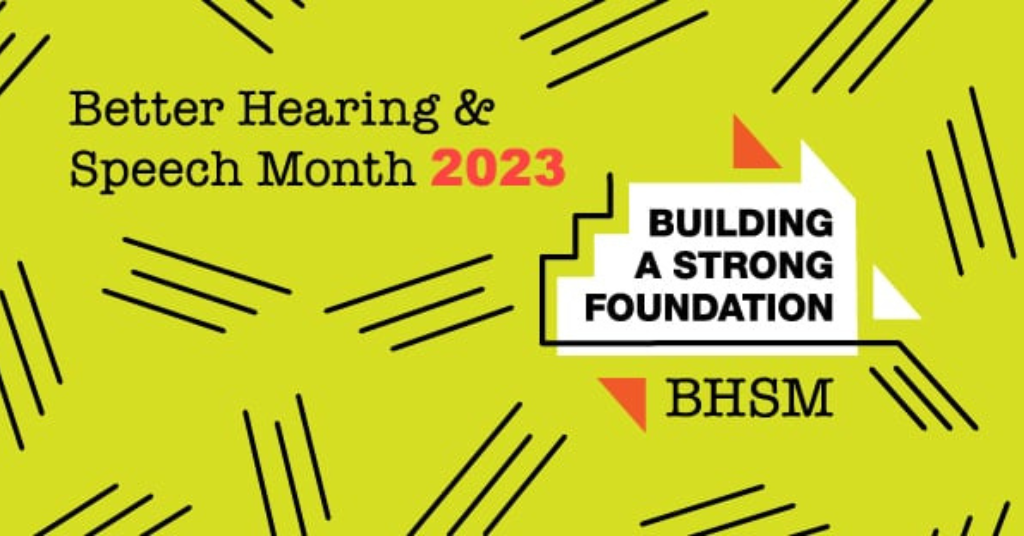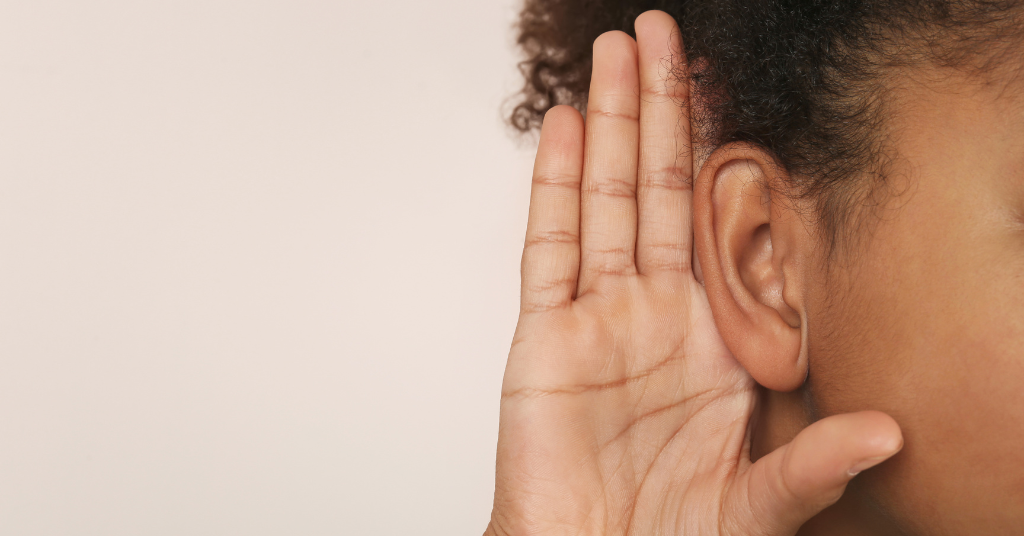
Accessible technology for people with hearing loss
October 30, 2020
How one couple finally found a hearing aid that works
November 4, 2020Why sign language should be an official language

An estimated 1% of the total population is born Deaf, and most likely, learns and speaks a signed language. But with more than 200 versions of sign language worldwide, there is no one universal sign language.
One misconception about sign language is that it is a gestured version of the language spoken in that area. However, that is not true with most sign languages. Sign languages have their own grammatical structures.
In some countries, activists are trying to improve life for people who are deaf and hard of hearing by recognizing an official sign language.
Sign Language Around the World
According to the World Federation of the Deaf, “Uganda was the first country in the world to legally recognize its sign language in 1995.”
Since then, only a handful of the about 196 countries in the world have recognized an official sign language.
Read more: Six sign language cafes to visit around the world
India
In India, many are pushing for Indian Sign Language (ISL) to be the 23rd official language of India. It has been a long fight. According to the Indian Sign Language Research and Training Centre (ISLRTC), “ISL is used in the deaf community all over India. But ISL is not used in deaf schools to teach deaf children.”
It wasn’t until 2015 that things started to change in that regard. Now, five years later, efforts continue to make ISL the first recognized sign language in India.
United Arab Emirates
Services and opportunities for deaf people were extremely limited until 10 years ago. That’s when the Emirates Deaf Association (UAE) and the Kalimati Speech and Communication Center opened to bridge the gaps between hearing and deaf people.
The Ministry of Community Development launched an “Employment Guide for People of Determination” in September 2020. This is the first of its kind in the UAE. The goal is to remove some barriers for people with hearing loss.
Bulgaria
Things are rapidly changing for the better for the deaf community in Bulgaria. Deaf Bulgarians are finally gaining access to the cinema through the “Hear Me with Your Heart” campaign, which provides movie captions. The government is also looking at legislation by Deaf, hard of hearing (HOH), and other organizations in Bulgaria.
The bill includes the following:
- Free translation services for up to 120 hours a year for people who are deaf/HOH/blind
- Bulgarian sign language taught to deaf/HOH/blind students
- Up to 60 hours of additional translation services per semester for deaf/HOH/blind undergraduate and Ph.D. students
- Television news and current affairs programs with sign language interpretation
Why an Official Sign Language is Important
Most countries recognize a language most widely known by people within the country. With this recognition comes better access to the language. Children learn it in school and resources are available for speakers of the language. Because of the language’s status, there is less fear of the language eventually dying out.
Read more: How to learn sign language
So why is recognition of sign language as an official language important?
Many deaf and HOH people need access to their language to take part in society. Recognizing this language results in more equitable access. This includes employment opportunities and more awareness in the public, especially when more deaf people assume leadership roles.
One way that you can contribute towards better access for Deaf and HOH people worldwide is to check out and sign the Charter on Sign Language Rights for All by the World Federation of the Deaf. Together, we all can bring about change in this world.



